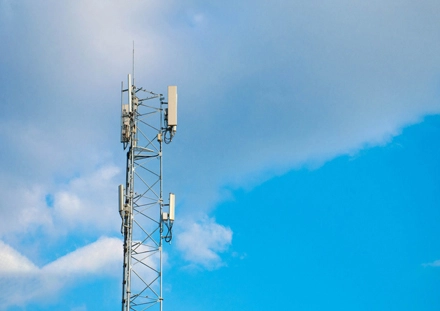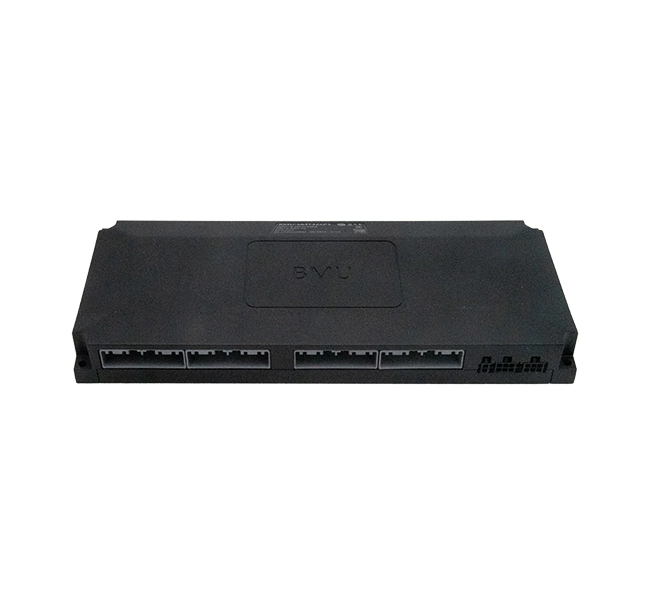

Battery thermal runaway, aging, and other problems cause a reduction in the capacity, efficiency, and life of Li-ion batteries, thus leading to a more rapid degradation. BMS as a strong guarantee for the safe application of lithium batteries, equalizes the battery, monitors the temperature and manages the charge and discharge, for the battery is always in a safe and controllable charge and discharge process, which greatly prolongs the cycle life of the battery in actual service.


Overcurrent Protection: Ensure the BMS has detection circuitry that continuously monitors the current flowing through the discharge MOSFETs. If the current exceeds a certain threshold, the BMS should switch off the MOSFETs to disconnect the battery pack and prevent damage.
Undervoltage Protection: The BMS should monitor the cell voltage of each cell group. If any cell group drops below a certain threshold (usually around 2.6 volts), the BMS should disconnect to protect the battery cells from damage.
Overvoltage Protection: When charging, the BMS should monitor the voltage across all cell groups. If any cell group reaches the maximum charge voltage (4.2 volts), the BMS should switch off the charge MOSFETs to prevent overcharging.
Cell Balancing: The BMS should monitor the voltage difference between cell groups and apply a small balance current to higher voltage cells to ensure uniform cell voltages. This balancing is typically managed by small wires connecting the BMS to each cell group.
Connectivity Features: Higher-end BMS modules may include built-in Bluetooth or a generic UART interface for attaching a Bluetooth module. Some even allow USB connectivity for PC management, providing greater control and monitoring capabilities.
Temperature Monitoring: The BMS should include temperature sensors to monitor the battery pack’s temperature and prevent overheating, which can lead to thermal runaway.
Detect and calculate the essential parameters of lithium batteries, including voltage, current, temperature, power, SOC, SOH, etc.
If the Li-ion battery is in abnormal condition, BMS warning signal is reported to the platform to protect the battery and appropriate measures are taken.
As the battery ages, differences in consistency occur, and BMS implements passive or active equalization management.
Through data transmission and communication modules, transfer data to the operation management platform in real time.
